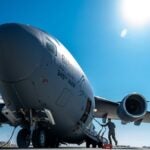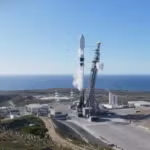
Space Exploration Technologies Corp. (SpaceX) CEO and Chief Designer Elon Musk prefers a methane engine if the Defense Department decides to pursue a next-generation liquid rocket engine program. Musk said a next-generation engine should be methane because it has a higher specific impulse capability than kerosene, which fuels the Russian-made RD-180 engine currently used in many national security space launches. Specific impulse determines the thrust of a rocket and indicates engine efficiency. An engine with a higher value of specific…













